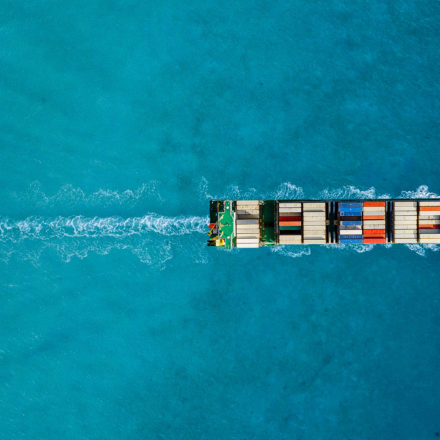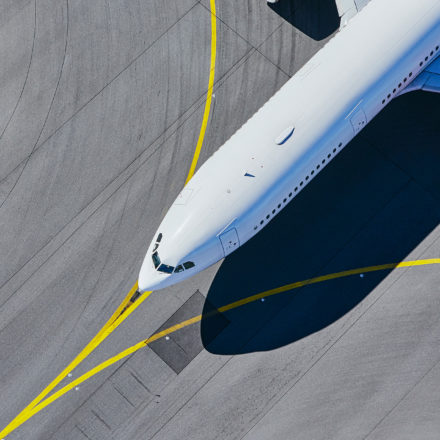Scott Gardiner delivers his latest fun fact on hydrogen, for anyone who shares his insatiable interest in this clean fuel of the future. In this post, KWM’s Co-Global Head of Projects Energy and Resources looks at the global landscape. Can his home nation – Australia – lead the way?
How can we take 1.6 million cars off Australia’s roads each year? With clean hydrogen magic! According to the Australia’s hydrogen tipping point report published by Deloitte Access Economics, 23.7% of Australia’s emissions could be saved by switching to green ammonia in Australia’s fertiliser production industry and renewable hydrogen calcination in alumina refining. This is the equivalent to taking 1.6 million cars off Australia’s roads each year (approximately 8% of the nation’s vehicles).
The elephant in the hydrogen-generating refinery is: can Australia do it?
Thankfully, the 2023-24 budget included movement towards that end: the federal government’s AUD$2 billion Hydrogen Headstart initiative. This might look insignificant compared to the support provided by the US Inflation Reduction Act (read on to find out how much…), but as its name suggests, it is only a start.
The two to three flagship green hydrogen projects that the initiative plans to underwrite will provide up to 1 gigawatt of hydrogen electrolyser capacity. Successful projects will secure contracts with ongoing payments over a 10-year period from 2026-2027.
The hope is to build on Australia’s established hydrogen strengths and further its competitiveness in the global race for clean energy.
So, how is Australia’s competitiveness in the hydrogen game?
The US, Europe and the Gulf States are among those competing for market share. The global hydrogen competition is fierce but most of the hydrogen in the world today is still produced from fossil fuels.
The US Inflation Reduction Act makes available US$369 billion in clean manufacturing support for US-based low carbon activity over the next 10 years. This has the potential to make US renewable hydrogen the cheapest in the world. Without action in response, Australia was expected to fall in the hydrogen exporter rank with 65% less hydrogen exported per annum by 2050. Ouch.
The supply contracts that are secured over the next year (and beyond) will help to determine the relative fates of exporting nations. Speed to market is critical. The secret to locking competitors out of the emerging hydrogen market? Be fast or be furious. The emerging hydrogen market demand curve is lumpy. Long-term contracts (15-year terms are common) are expected to dominate the emerging hydrogen market. By locking in contracts fast, you can keep competitors out of the market for meaningful periods of time.
For Australia, whatever the outcome (please contact me if you have a crystal ball), the potential is clear.
As is the promise. Hydrogen is key to Australia’s decarbonising and transitioning to net zero by 2050, and it is important for hydrogen supply to decarbonise in industrial sectors for commercial use. Could you guess which sector in Australia has a high potential for clean hydrogen? Right up in the air and under the sea! The seven sectors considered to have a high potential for clean hydrogen from 2040 are:
- Road freight
- Shipping
- Aviation
- Steel
- Ammonia
- Methanol, and
- Refining.
Time to sign the contract and turn to renewable hydrogen.
Stay tuned for the next part of this Hydrogen series! In the meantime, you can also read more insights from our lawyers on KWM’s Hydrogen page.








